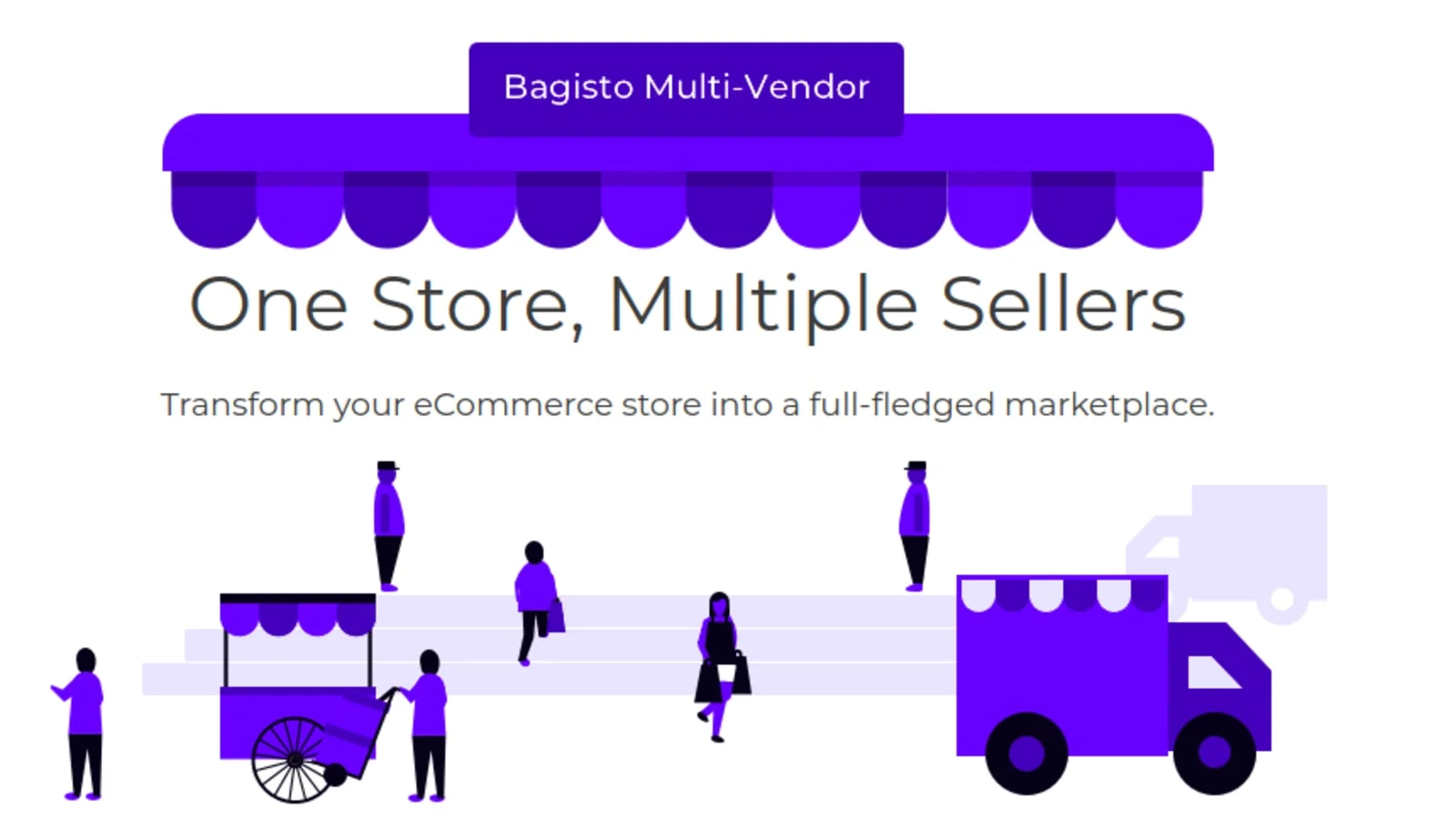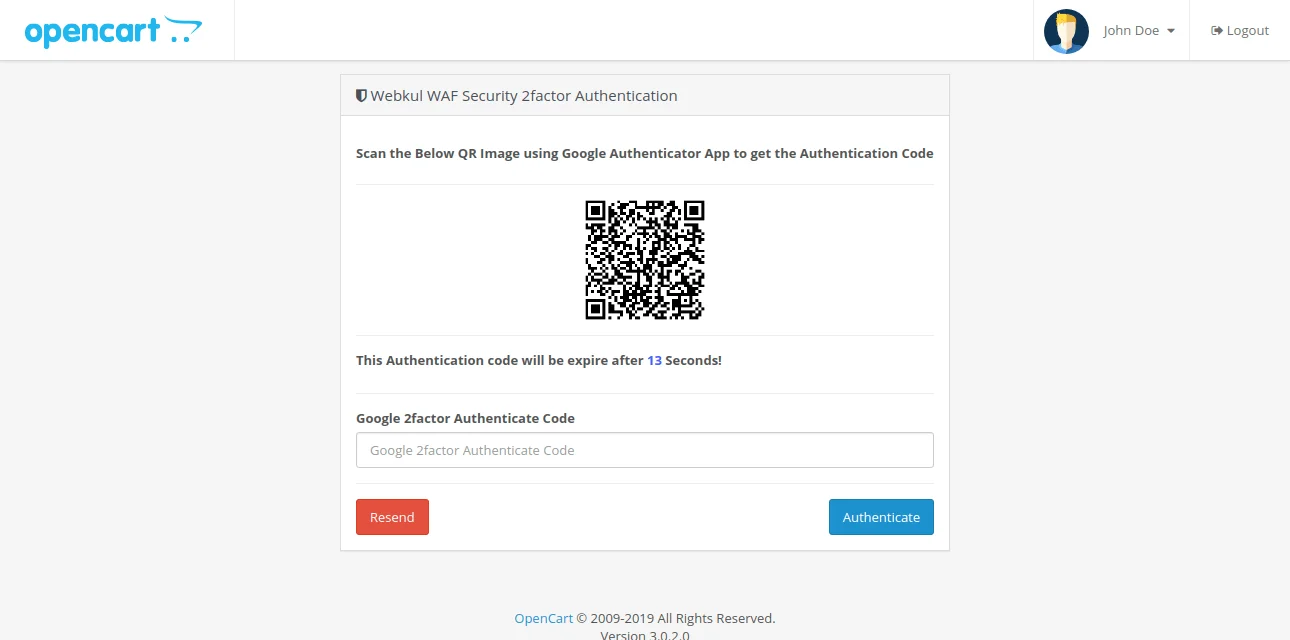The web design should use the right fonts, rich content, attractive images, and high-quality graphics to effectively convince visitors to buy.
Are you designing an eCommerce website? Here will discuss “Tips and challenges to design an eCommerce website”.
As per the latest reports, there are going to be over 2.05 billion online buyers across the globe by 2021.
With such a vast customer base, there is immense scope to upscale your eCommerce business in any industry vertical.
The Rise of the eCommerce Industry
Another report states that there will be around a 15 % increase in the overall eCommerce sales by the end of 2020.
In other words, eCommerce is taking over the entire online industry.
While starting your eCommerce business is a lucrative trend, designing the eCommerce website properly is another important concern.
Whether you are designing a simple or a responsive eCommerce website, it should suffice the specific requirements of the end consumers.

Typically, the role of an eCommerce website is not just to display the respective products & services, but also to urge the customers to make a purchase.
To win the race of designing a bespoke eCommerce website, the designers should aim at creating responsive, highly intuitive, and interactive websites.
So, what are the factors to consider while creating an eCommerce website? We will help you to unravel the same in this post.
Tips for Creating an Excellent eCommerce Website
Web design for your e-commerce website is critical for your business success.
Interactive eCommerce web design
The e-commerce website design should aim at boosting the overall user experience.
The experts estimate that around 95% of purchases will be made through e-commerce by 2040.
To leverage the same, as a webmaster, you can follow some of the latest trends and tips to design an excellent e-commerce website:
Select Appropriate Theme & Platform
The selection of the appropriate theme or platform for your eCommerce website is an important factor to consider.
You can choose from a wide range of feature-rich platforms out there.

There are many highly sought-after options for designing an eCommerce website like Magento, OpenCart, Bagisto, etc.
It is known to provide a wide range of potential benefits for eCommerce development. Some points of its benefits are:
- Versatile content management system
- Powerful & spacious
- Mobile-friendly configuration
- Ease of third-party integrations
- Advanced Search Engine Optimization features
Use of Appropriate eCommerce Plugins
When you wish to design a robust eCommerce store, make use of ample eCommerce plugins.
Plugins are great tools that help in providing users with a unique path to explore the given website.

You can come across a series of plugins to enhance the overall user experience.
Ease of Site Search
As per a survey, around 30% of online shoppers perform site search to access the desired products or services.
Therefore, it becomes imperative to create a simple, yet intuitive and internally-linked site search capability to facilitate the users.
To improve the functionality of the site search, you can ask the developers to include the auto-complete option on your eCommerce website.
In addition to reducing the hassle of typing, it also helps the users to come across the right products that they are searching for.
Including Curative Website Content
Content is always the king when it comes to your entire website design.
eCommerce websites are known to feature a wide range of products and services, along with multiple category pages.
To enhance the overall user experience, you can consider adding user-friendly, rich website content to each page of the website.
Customers are able to interpret simple, concise, and information-rich content.
Therefore, include rich, quality, and informative website content for your e-commerce website.
Prioritize Security
Security assurance by your eCommerce website to the end-users is an important concern.
When your website is secure, it helps in building a sense of loyalty and reliability amongst the end consumers.
Before you register the domain, aim at integrating the eCommerce store with information that is SSL-encrypted.

It simply implies that you should include HTTPS before the website URL. This helps in improving the overall website security in all possible manners.
SSL helps in keeping the information of the users, including phone number, address, and email ID safe & secure.
This helps in improving the overall trust of the users.
Conclusion
You should consider all possible factors when it comes to e-commerce website development.
When the developers consider these factors, they can help in delivering the best-ever experience to the end customers.
Some of the additional factors to include are Search Engine Optimization, integration of responsiveness, and so more.
That’s all about “Tips and challenges to design an eCommerce website”.
Hope it will be helpful for you or if you have any issue feel free to raise a ticket at https://bagisto.uvdesk.com/en/
. . .



2 comments